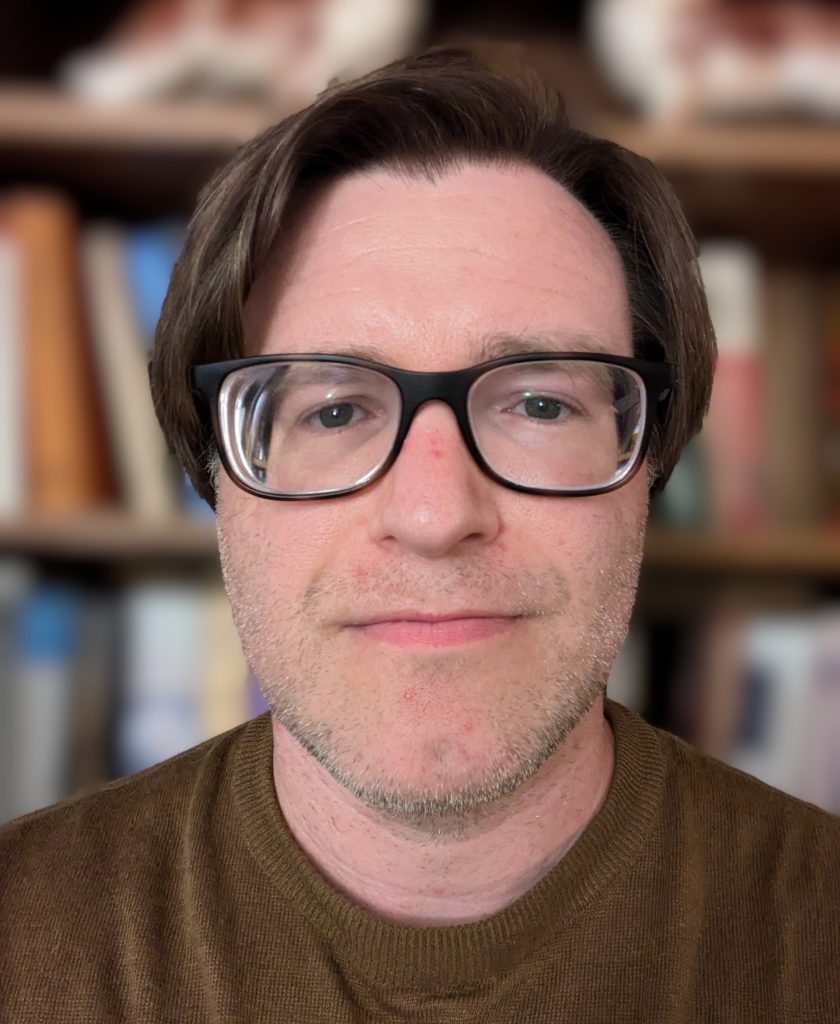Human Dignity and Proactive Approaches to the Prevention of Genocide

Ewelina Ochab is a senior programme lawyer with the IBA’s Human Rights Institute and cofounder of the Coalition for Genocide Response. She authored the initiative and proposal to establish what became the UN International Day Commemorating the Victims of Acts of Violence Based on Religion or Belief (22 August).
The following post is based on her remarks at the ICLRS 30th Annual International Law and Religion Symposium, 2 October 2023. It was published as part of the Talk About blog feature “Marking the 10th Anniversary of the Yazidi Genocide.”
Genocide does not just happen. It requires preparation. It requires planning. It requires steps to deny the human dignity of every individual before it translates into the denial of rights–turned–persecution and annihilation of the whole community.


